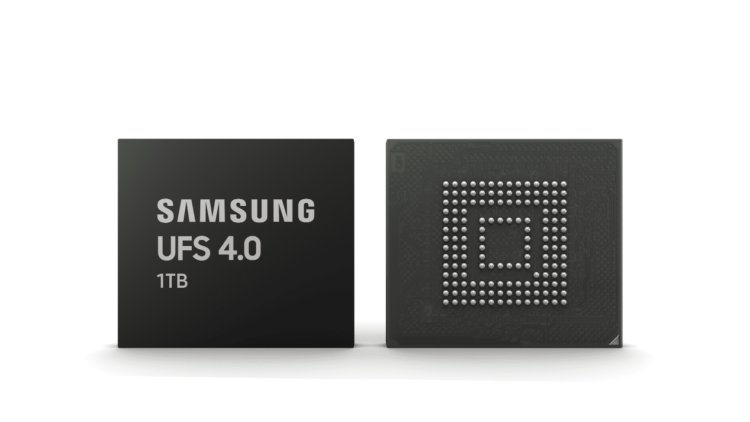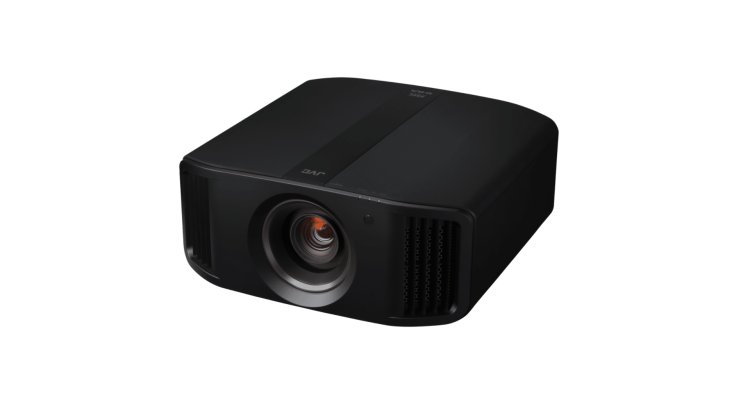Samsung introduced UFS 4.0 memory chip

Samsung has unveiled new "much more robust" microSD cards, as well as UFS 4.0 storage capacity for smartphones and tablets.
South Korean Samsung continues to work on significant challenges for the smartphone business even when it is not showing handsets or developing 6G technology. So today we have the opportunity to offer two advancements from this behemoth: a new form of microSD card and the unveiling of the UFS 4.0 chip.
As is customary for us, we will attempt to explain everything in chronological order and gradually, beginning with microSD cards.
Endurance microSD cards - created for 4K
Although the vast majority of you will immediately remark that this title makes no sense, we will say that you are partially correct. Because 4K video recording has been available "for a long time" on Samsung Galaxy smartphone models, particularly those at the top of the line (Galaxy S, Galaxy Z).
Their main "benefit" is that they can work for up to 16 years without stopping - yes, you read that properly, Samsung Endurance can work for up to 16 years without stopping, provided that such sturdy hardware is located and satisfied.
Samsung Pro Endurance (as its full name implies) provides standard protection (resistance) to water penetration, wear, and falls up to 5 meters, but also for the first time provides resistance to two additional "elements."
It is about magnetic and X-ray penetration, albeit the latter sounds unreal to us and will not be required for the "average" user. It is still beneficial to have these two aspects in place for security, however, Samsung Pro Endurance cards are designed for ardent users who require the highest quality recording (storage) and playback of recorded 4K content.
Furthermore, these Samsung cards are available in four different capacities and two variants (types). The first in line is microSDHC, which has storage capacities of 32GB and 64GB.
The other option is microSDXC, which offers 128GB and 256GB of storage space. Sales of these Samsung Pro Endurance memory cards have commenced, with prices starting at $ 10.99 for 32GB (basic model) and up to $ 54.99 for 256GB (strongest model). These prices must be raised or added to the retailer's tax and margin in our stores.
Samsung has introduced a new UFS 4.0 chip
When it comes to smartphones, regardless of manufacturer or price class, the capacity of the storage space (internal memory) is always taken into account, and RAM memory is one of the most important factors.
We are all aware that a growing number of Samsung smartphone models now use the UFS 3.1 memory chip. But what is UFS, what does it stand for, and why is it so vital for a smartphone's storage space?
The simplest way to describe it is as a chip that is "primary and responsible" for storing or removing data from a smartphone's memory.
Let's call it a "processor" for memory because that's exactly what it is. UFS (Universal Flash Storage) is attributed to its numerical designations to deliver the greatest possible outcomes (speed) of writing - receiving and sending data from a device to a smartphone and vice versa.
With the launch of UFS 4.0, the speed of reading and writing has greatly increased (enhanced) compared to the current UFS 3.1, which we have all seen on Samsung Galaxy devices.
UFS 4.0 employs Samsung's GEN 7 V-NAND memory, which has read rates of 4200MB/s and write speeds of 2800MB/s, which is 50% faster than the UFS 3.1 type of memory chip.
As previously stated, Samsung UFS 4.0 enables 23.2 Gbps tape writing, which is 50% faster than UFS 3.1. data retrieval and other interaction
The new UFS 4.0 adds support for 512GB and 1T (terabyte) storage, implying that we will see Samsung smartphone models with 512GB and 1T internal memory in the near future.
This is especially critical (and welcome) given that support for external memory (microSD cards) is declining. We don't know when Samsung will include UFS 4.0 in its first smartphone models.
Still, we can speculate about what the future generation of Samsung Galaxy S23 smartphones will look like, because it is too late to transfer the UFS 4.0 standard to the Galaxy Z Flip / Fold 4, or are we mistaken?





























